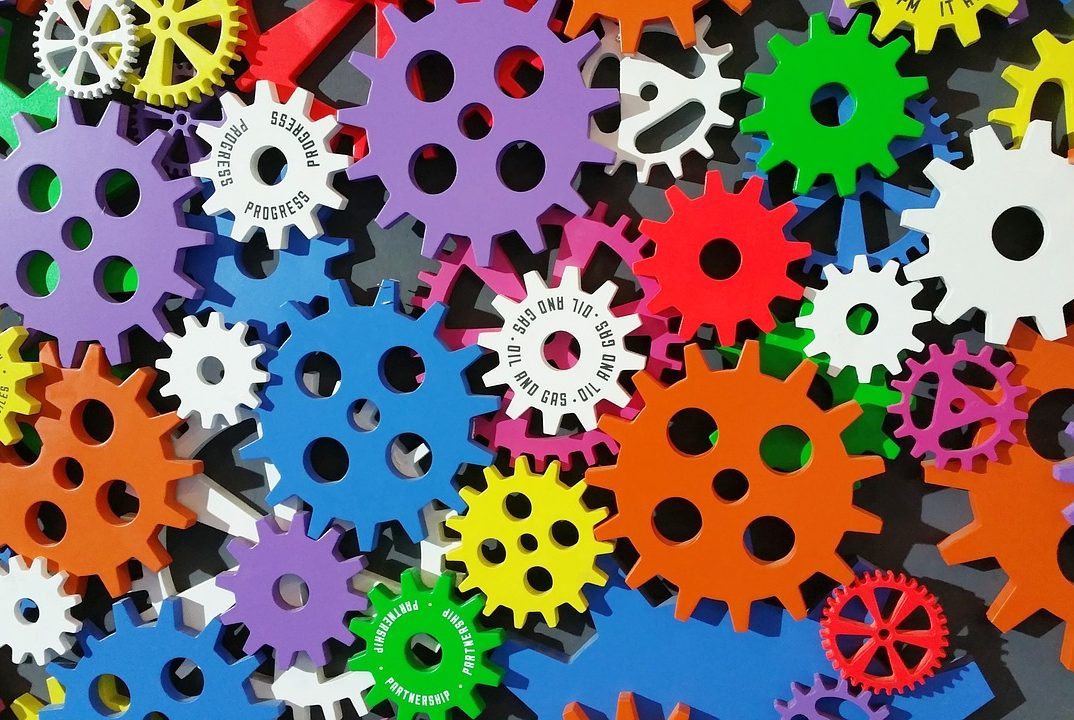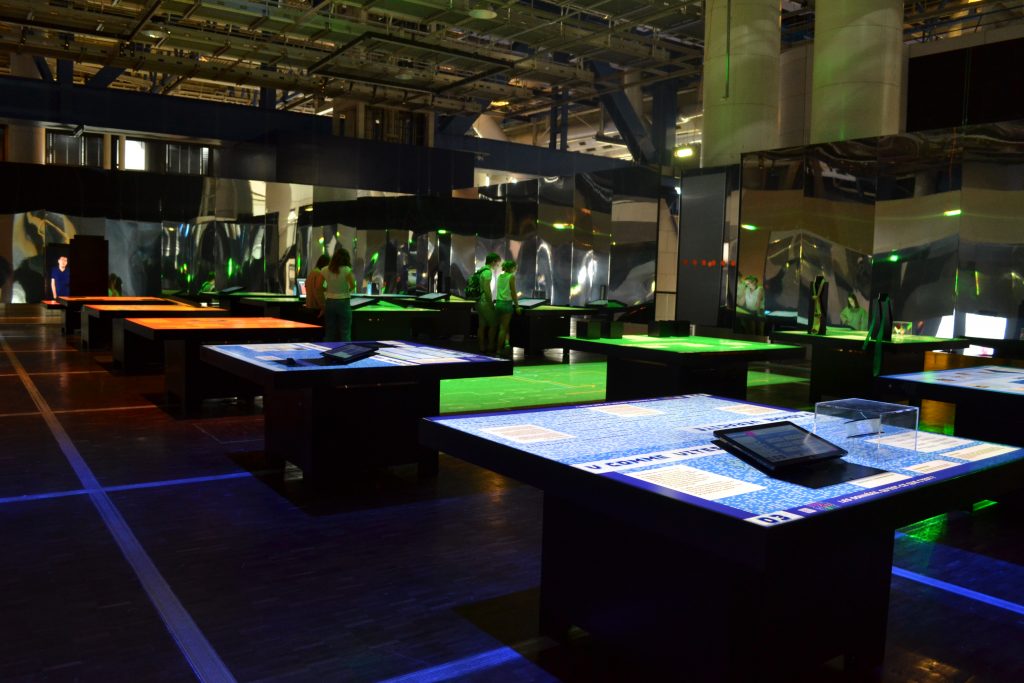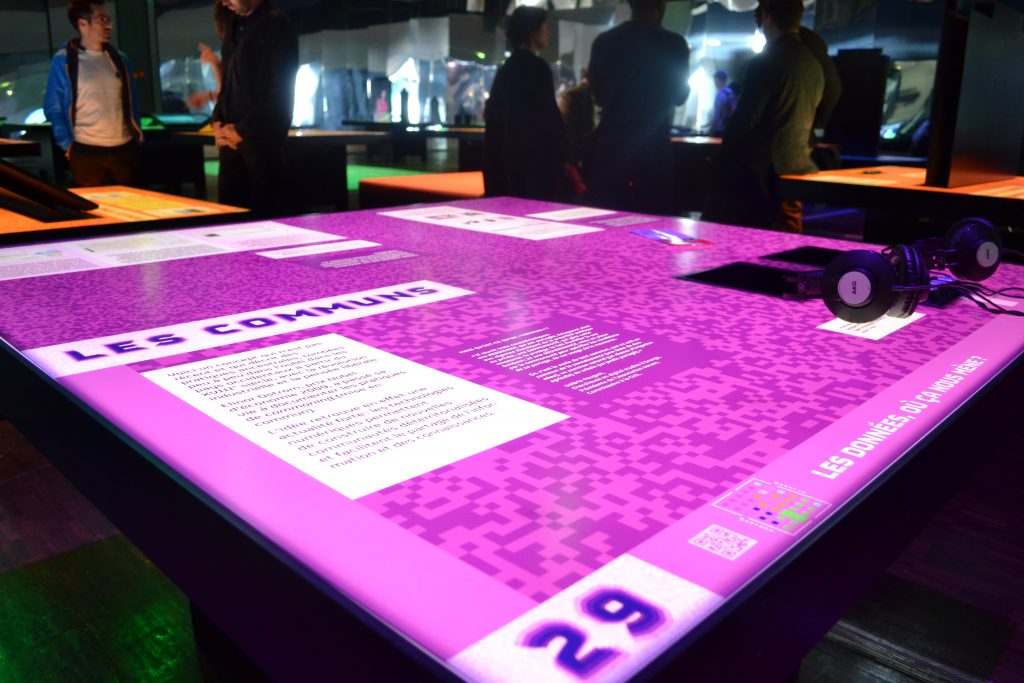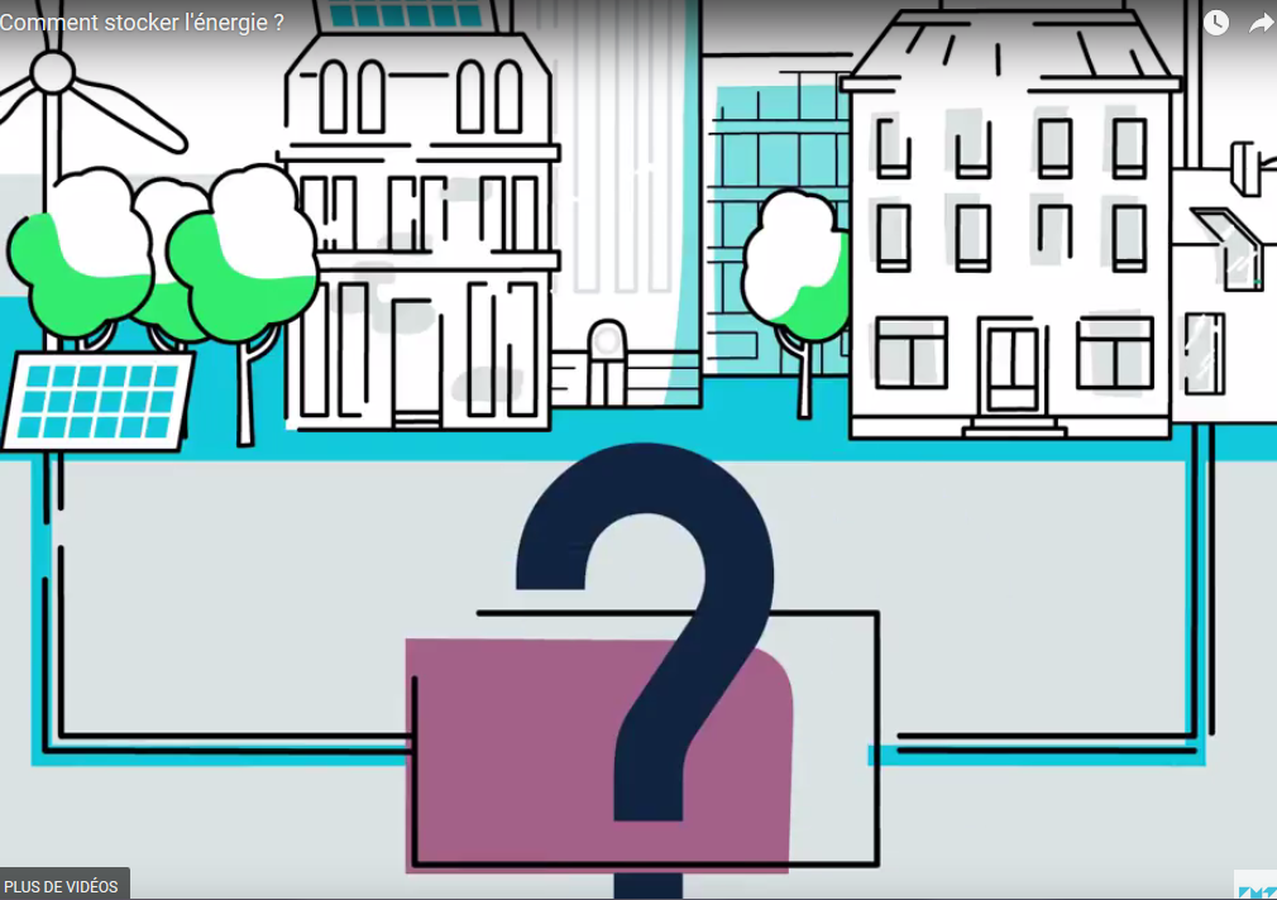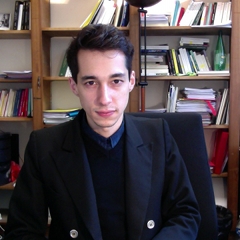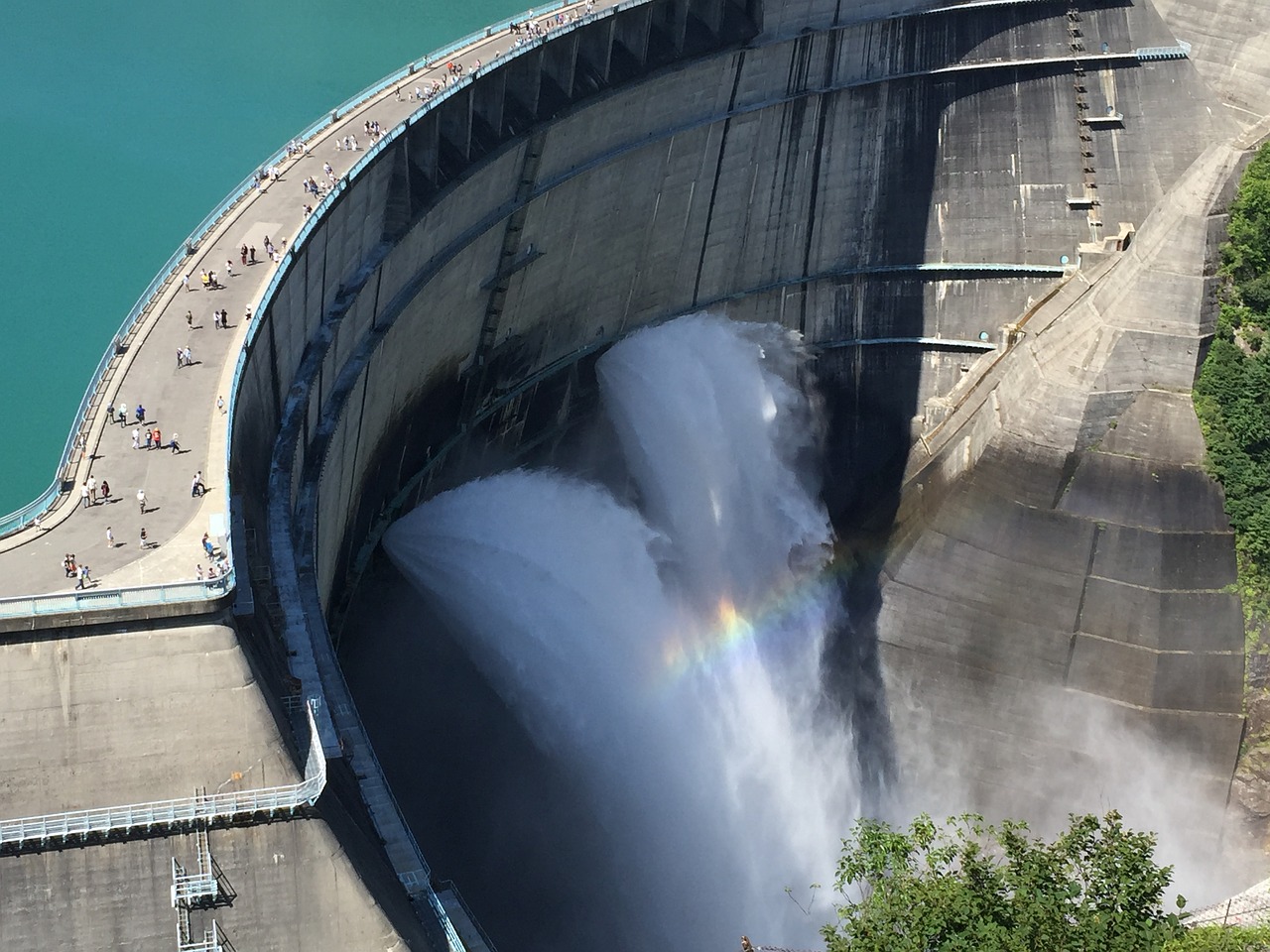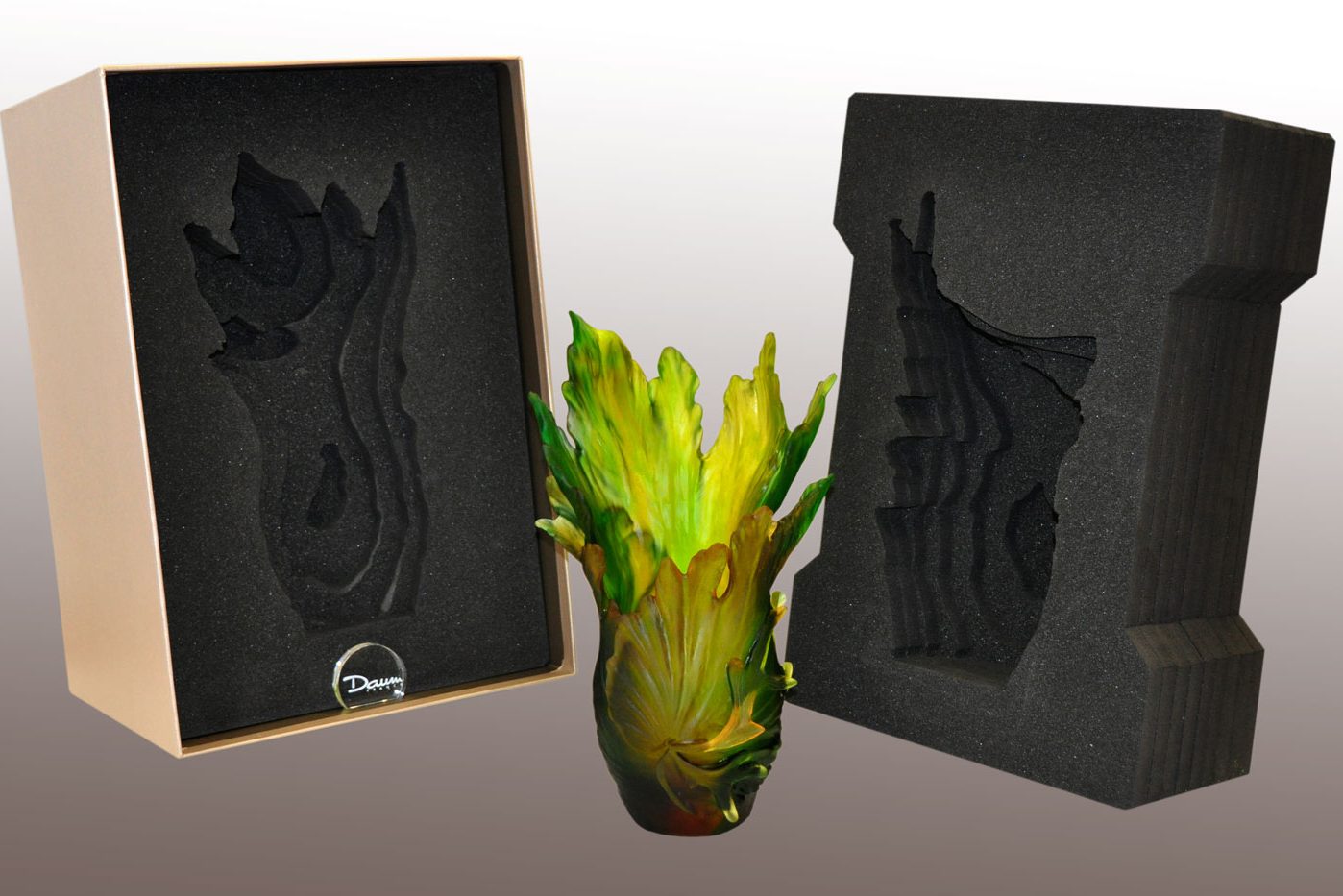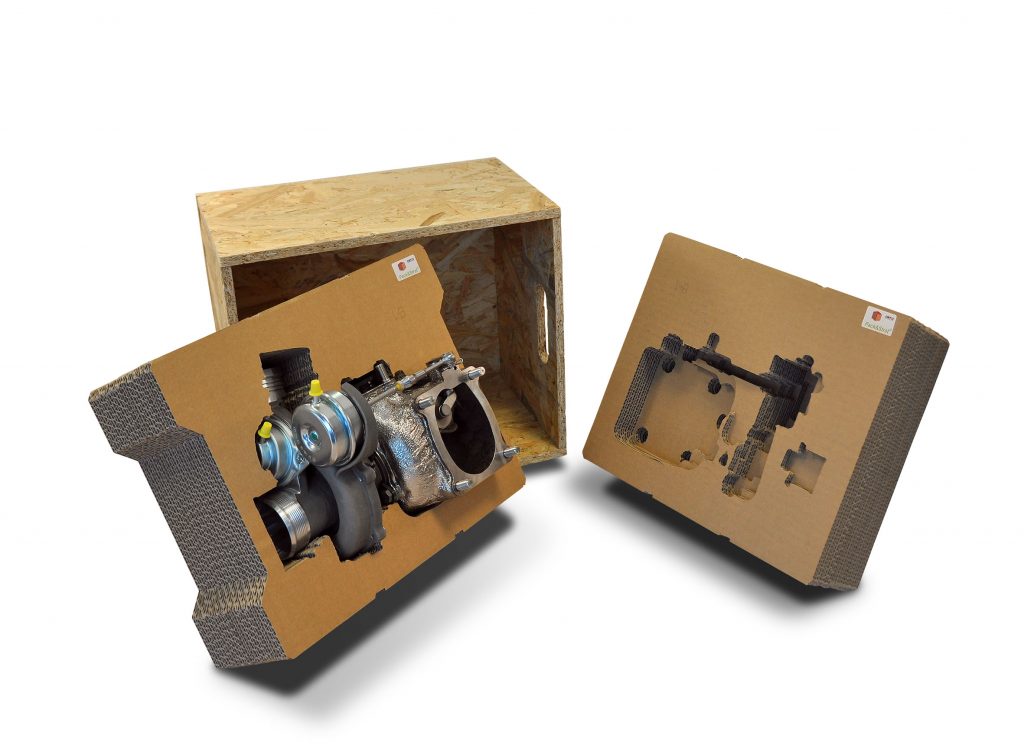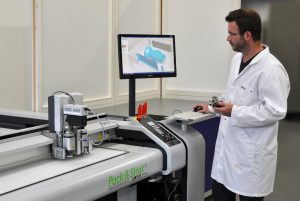What is supply chain management?
 Behind each part of your car, your phone or even the tomato on your plate, there’s an extensive network of contributors. Every day, billions of products circulate. The management of a logistics chain – or ‘supply chain management’ – organizes these movements on a smaller or larger scale. Matthieu Lauras, a researcher in industrial engineering at IMT Mines Albi, explains what it’s all about and the problems associated with supply chain management as well as their solutions.
Behind each part of your car, your phone or even the tomato on your plate, there’s an extensive network of contributors. Every day, billions of products circulate. The management of a logistics chain – or ‘supply chain management’ – organizes these movements on a smaller or larger scale. Matthieu Lauras, a researcher in industrial engineering at IMT Mines Albi, explains what it’s all about and the problems associated with supply chain management as well as their solutions.
What is a supply chain?
Matthieu Lauras: A supply chain consists of a network of installations (i.e. factories, shops, warehouses, etc.) and partners ranging from supplier-to-supplier chains, to client-to-client chains. It’s the succession of all these participants that provides added value and allows a finished consumer product or service to be created, and transported to the end of the production line.
For the management of supply chains, we focus on the flux of material and information. The idea is to optimize the overall performance of the network: to be capable of delivering the right product to the right place at the right time with the right standard of quality and cost. I often say to my students that supply chain management is the science of compromise. You have to find a good balance between several restrictions and issues. This is what allows you to have a sustainable level of competition.
What difficulties are produced by the supply chain?
ML: The biggest difficulty with supply chains occurs when they are not managed in a centralized way. In the context of a business for example, the CEO is able to be a mediator between two services if there is a problem. However, when dealing with the scale of a supply chain, there are several businesses which have different legal stances, and no one person is able to be the mediator. This means that participants have to get along, collaborate and coordinate.
This isn’t easy to do since one of the characteristics of a supply chain is the absence of total coherence between the local and global optimum. For example, I optimize my production by selling my product in 6-packs, to make things quicker, even though this isn’t necessarily what my customers want to ensure the product’s sale. They may prefer that the product is sold in packs of 10 rather than 6. Therefore, what I gain in producing 6-packs is then lost by the next participant who has to transform my product. This is just one example of the type of problem we try to tackle through research into supply chain management.
What does supply chain management research consist in?
ML: Research in this field spans over several levels. There is a lot of information available, the question is how to exploit it. We offer tools which can process this data in order for it to be passed on to people (i.e. production/logistics managers, operations directors, request managers, distribution/transport directors, etc.) that would be in the position to make decisions and lead actions.
An important element is that of uncertainty and variability. The majority of tools used in the supply chain were designed in the 60’s or 70’s. The problem is that they were invented at a time where the economy was relatively stable. A business knew that it would sell a certain volume of a certain product over the 5 years to come. Today, we don’t really know what we’re going to sell in a year. Furthermore, we have no idea about the variations in demand that we will have to deal with, nor the new technological opportunities that may arise in the next six months. We are therefore obliged to question what developments we can bring to the decision-making tools that are currently in use, in order to make them more adapted to this new environment.
In practice, research is based on three main stages: first, we design the mathematical models and the algorithms allowing us to find an optimal solution to a problem or to compare several potential solutions. Then we develop computing systems which are able to implement these. Finally, we conduct experiments with real data sets to assess the impact of innovations and suggested tools (the advantages and disadvantages).
Some tools in supply chain management are methodological, but the majority are computer-based. They generally consist in software such as business management software packages (software containing several universal tools) which can be used on a network scale, or alternatively, APS (‘Advanced Planning and Scheduling Systems’). Four elements are then developed by the intermediary of these tools: planning, collaboration, risk management and delay reduction. Amongst other things, these allow simulations of various scenarios to be carried out in order to optimize the performance of the supply chain.
What problems are these tools responding to?
ML: Let’s consider planning tools. In the supply chain for paracetamol, we’re talking about a product which needs to have immediate availability. However, it takes around 9 months between the moment when the first component is supplied and when the product is actually manufactured. This means we have to anticipate potential demand several months in advance. Depending on this, it is possible to predict the supplies of materials necessary for the product to be manufactured, but also the positioning of stock closer to or further from the client.
In terms of collaboration, the objective is to avoid conflicts that could paralyze the chain. This means that the tools facilitate the exchange of information and joint decision-making. Take the example of Carrefour and Danone. The latter sets up a TV advertising campaign for its new yogurt range. If this process isn’t coordinated with the supermarket, making sure that the products are in the shops and that there is sufficient space to feature them, Danone risks spending lots of money on an advertising campaign without being able to meet the demand it creates.
Another range of tools deals with delay reduction. A supply chain has a strong momentum. The time it takes for a piece of information linked to a change at the end of the chain (a higher demand that expected for example) will have an impact on all participants for anything from a few weeks to several months. It’s a “whiplash effect”. In order to limit this, it is in everyone’s best interest to have smaller chains that are more reactive to changes. Research is therefore looking to reduce waiting times, information transmission time and even transport time between two points.
Finally, today we cannot know exactly what the demand will be in 6 months. This is why we are working on the issue of risk sharing, or “contingency plans” which allow us to limit the negative impact of risks. This can be implemented by calling upon several suppliers for any given component. If I then have a problem with one of these (i.e. a factory fire, liquidation, etc.), I retain my ability to function.
Are supply chain management techniques applied to any fields other than that of commercial chains?
ML: Supply chain management is now open to other applications, particularly in the service world, in hospitals and even in banks. The principal aim is to provide a product or service to a client. In the case of a patient waiting for an operation, there is a need for resources once they enter the operating theater. All the necessary staff need to be available, from the stretcher bearer that carries the patient, to the surgeon that operates on them. It’s therefore a question of synchronization of resources and logistics.
Of course there are also restrictions specific to this kind of environment. For example, for humanitarian logistics, the question of customers does not present in the same way as in commercial logistics. Indeed, the person benefitting from a service in a humanitarian supply chain is not the person who pays, as they would be in a commercial domain. However, there is still the need to manage the flow of resources in order to maximize the produced added value.

